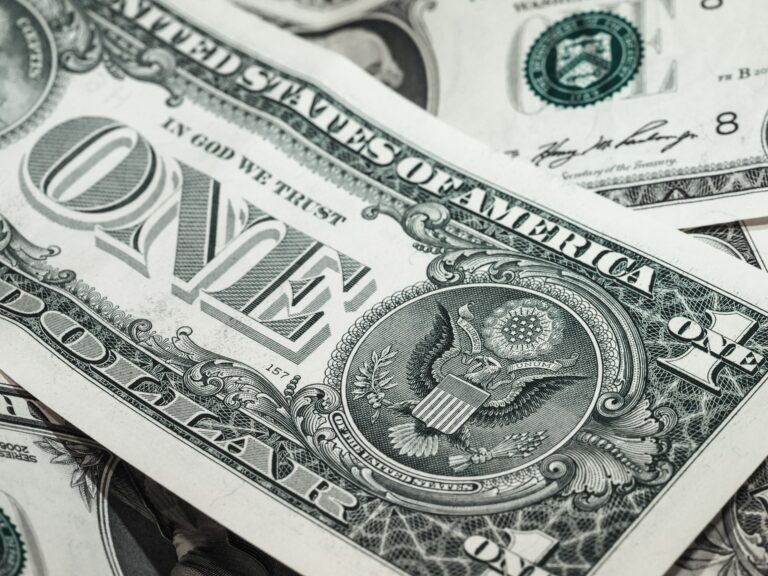
Natural Uncertainty Amidst Geopolitical Insecurity – Part 2
Discussion and Analysis by Charles Porter:
Natural uncertainty amongst geopolitical insecurity: Part Two.
Whilst the media has abounded with talk of a risk off environment precipitated by numerous central bank announcements and geopolitical threats, natural disasters are embedding themselves upon our radar. Our thoughts and concerns truly rest with those affected, either directly or indirectly. This article addresses the financial legacy and currency purchasing power that those emerging from these terrible natural geographical events will awaken to. This article tests the hypothesis generated within Part One.

Wednesday 23rd August marks the date of the declaration of a State of Disaster across endangered regions of Texas. This was a pre-emptive move in order to convey the severity of the tropical depression and the need to prepare. Despite the potential for currency speculation and risk management before this date, we should expect this date to mark the active pursuit of hedging against threatened asset exposure. Therefore, the logic expounded within part one would dictate that a deterioration in the value of the United States’ Dollar (USD) should coincide with this date.
In the stacked graph above, we analyse this event within the Dollar against the Great British Pound (GBP) and, below that, the Euro. Within the two graphs, the vertical orange line demarks the State of Disaster declaration with the corresponding yellow line marking the manifestation of the damage following the depression’s landfall. Thus, between the orange and yellow lines, the value of the USD should deteriorate.
Clearly, this expectation is empirically validated. However, in order to justify this explanation, the ‘ceteris paribus’ condition must hold. Therefore, there should not be an alternative event that could be reasonably attributed to either a devaluation of the USD or a simultaneous revaluation of both GBP and the Euro.
Undermining this trend’s support for the storm hypothesis, there are many notable events within this time period. Most importantly, two speeches on the 23rd and 25th of August generated strong rallies within the Euro. Both of these events spurred the value of the Euro considerably. Within the lower graph, therefore, the inter-marker volatility is at least in part attributable to the Euro, not the USD. Draghi spurred the Euro during these speeches by praising the Quantitative Easing program and choosing not to attempt to talk down the currency and arrest is sustained appreciation.
Similarly, the latter of these two speeches saw Janet Yellen, Federal Reserve Chair, precipitate a mild depreciation of the USD. Yellen’s effect upon the USD permeates across most currency pairs including the GBP and the Euro. Therefore, the mutual reinforcement of central banker announcements could be confused for the artificial verification of the natural disaster hypotheses. Furthermore, the broad risk off environment induced by the 25th August North Korean aggression and missile tests, lends further reasoning to a USD devaluation within this period.
Regarding the expectation following the storm’s impact, the affected currency should regain strength. As argued within the previous article, this is due to the repatriation of funds following from insurance claims and a re-equilibration of the investment potential and concomitant clearing exchange rate level. Again, this expectation appears to have been met, particularly within the Euro. Within the GBPUSD pair, the expectation is not completely undermined. Instead, the exchange rate appears to be more static.
Analysing the mechanisms behind these trends reveals that similar events over this period could explain the Dollar’s re-appreciation without reference to the repatriation of post-Harvey funds. Most notably, this period saw the second reading of US annualised second quarter GDP growth revised up to 3.0%. However, the general trend does lend, albeit qualified, support for the storm hypothesis as an underlying mechanism behind USD valuation.
Let us now turn to the powerful Mexican earthquake that struck in the early hours of this morning for an indication of the effect of an unforeseen natural disaster upon exchange rates.

Figure Two: The Euro – Mexican Peso exchange rate. The earthquake tremor registered at 05:49 BS.
The hypothesis clearly appears to be verified. Capital flight caused by the uncertainty derived from the natural event clearly manifests. This weakens the Peso against the Euro, generating an exaggerated spike. With time, the exchange rate appears to normalise back towards pre-tremor levels. This highly short-term view validates the unforeseen natural event hypothesis. Soon, we will be able to test whether a repatriation of insurance funds within the domestic economy will lead to an appreciation of the Peso given more time. The effect within the Peso this morning may have been moderated by the proximity of the event from the capital, Mexico City.
Related Insights

Morning Brief – Texas, USA
Texas, USA The third largest citrus state in the USA after California and Florida is Texas. Currently the citrus crop is under threat in Texas due to chronic water shortages owing to a long running dispute with Mexico over delivery under a 1944 treaty whereby Mexico is supposed to deliver “1.75 million acre feet of […]

Morning Brief – Parity
Parity As we brought to you earlier this week, there is an increasing chatter in the market about whether EURUSD has the momentum to challenge parity once again. At face value, of course, this would create a meaningful value change in the world’s foremost currency pair which has already seen a significant exodus of value […]

Morning Brief – US Dollar
US Dollar Surging on a strong US economy together with further geopolitical tensions in the past week, USD is at its strongest versus EUR this year and came within a whisker of breaking through 1.06 in yesterday’s trading. Against the Japanese Yen USD was 154.55 which caused Japanese Finance Minister Shunichi Suzuki to break cover […]


 Humphrey Percy
Humphrey Percy Charles Porter
Charles Porter